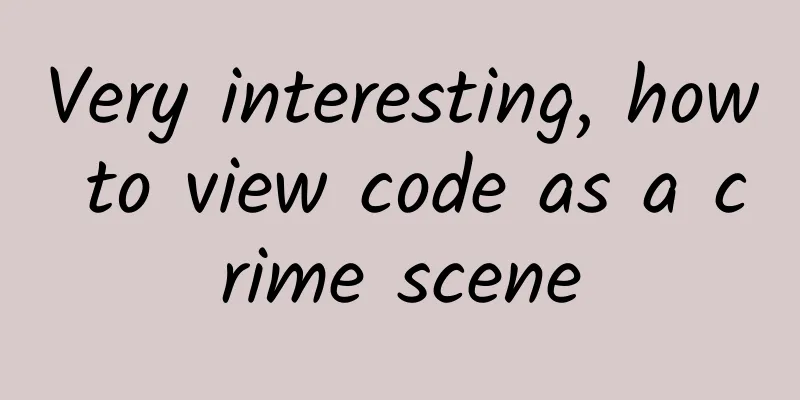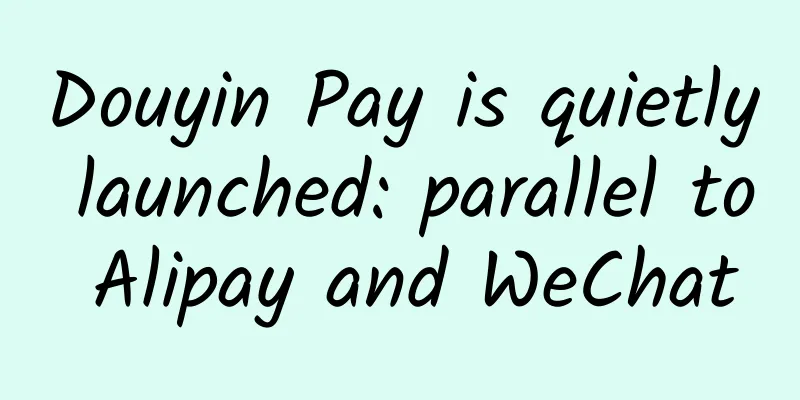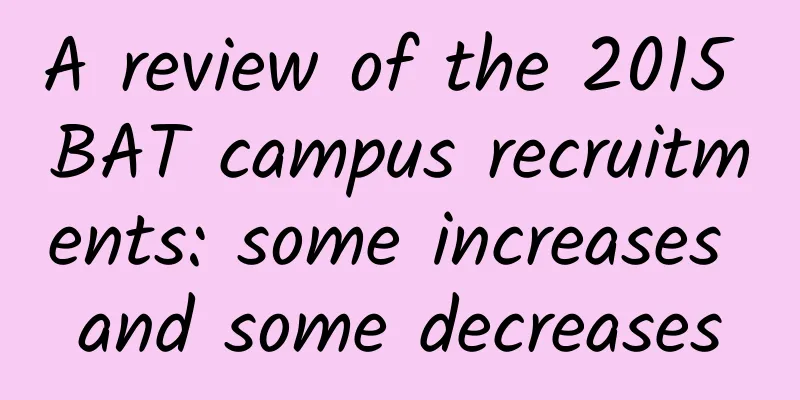Very interesting, how to view code as a crime scene

|
Measuring software complexity is a popular and common activity in the software development community, judging by the number of tools and related literature that have emerged in recent years. Adam Tornhill, speaking from his background in engineering and psychology, suggested at QCon London that everyone treat the code like a crime scene with the help of version control tools. Tornhill believes that the current measurement of software complexity is incomplete. So he turned to psychology for answers. Geographical offender profiling is based on the principle that the criminal's home base is often within the boundaries of the place where he/she committed the crime. Tornhill applies this principle to code with the help of tools like CodeCity. The idea behind it is to create a geographical representation of code. Regions and buildings map the structure of the code, such as packages or classes. Code attributes, such as the number of lines of code or methods, determine the dimensions of the regions and buildings. Tornhill then combines this code structure information with what he calls spatial movement in the code with the help of version control tools. Version control tools provide a lot of forensic details, such as who made changes, when, and where in the repository. Combining this spatial information with the code structure highlights hot spots. Tornhill claims that in one case analysis (400,000 lines of code, 89 developers, 18,000+ commits) there were 8 areas of defect concentration, 72% of the defects were concentrated in 4% of the code, and hot spots were used to pinpoint 7 of them. A code city with hot spots highlighted. Using version control information, you can do time-space coupling analysis. If two code files are changed at the same time, it means that the files are physically coupled, for example: one class calls another. However, they may only be coupled in a logical form, which is the result of common copy-paste. Without time-space coupling analysis, it is easy to ignore these problems. Spatiotemporal coupling analysis is also useful in other ways. It can point out patterns of change when people from different teams change different components at the same time. This pattern can indicate inconsistencies between the system's architecture and team structure, which can lead to longer cycle times between change requests and deployment. Version control information can also be used to mine knowledge owners and component ownership. If a developer is the primary committer of a given code file or component, then we can safely assume that he is the knowledge owner of that component, even if he is not on the team responsible for that component. This also means that "collisions" will be traceable and mitigated. In more extreme cases, where the knowledge owner is no longer in the company, there will be knowledge gaps. These techniques help discover these gaps and close them. Version control forensics shows effective ownership of components. Tornhill is writing a book on this topic, which is currently in Beta. The Pragmatic Bookshelf will publish it soon, with an expected publication date of March 10, 2015. |
<<: This realization changed Jobs' life
>>: Top 10 Complaints About Technology Products
Recommend
The chain of contempt within advertising companies
Where there are people, there is a chain of conte...
How do operations seize the opportunity and plan during an event?
The specific work we do during the operation proc...
Brand live streaming e-commerce promotion guide!
As soon as 11.11 ended, I heard about Li Jiaqi, V...
Sony PS VR head: The so-called VR killer app does not exist
Every time a new platform emerges in the technolo...
China Charging Pile Market Research
At present, there are more than 300 charging pile...
Marketing strategy: How should social e-commerce platforms deal with the “mass exodus of promoters” during the “big reshuffle”?
There are currently four mainstream tracks in the...
Semi-annual review of domestic brands: mixed results from sluggish market
In the first half of 2018, the ups and downs of C...
The most comprehensive analysis to date! Antibiotic resistance-related deaths have become the third leading cause of death worldwide
Written by: Zhu Hengheng Editor: Wang Haha Since ...
The Origin of Qixi Festival Story Summary Qixi Festival Cowherd and Weaver Girl Story Summary
The Qixi Festival, a festival for begging for cle...
What imprints of traditional culture are there in aerospace engineering?
On July 12, 2024, Cui Wanzhao, a researcher at th...
Electric Technology Car News: How to choose a hard-core SUV? Trumpchi's new GS7 vs. Harvard H7
Launching two or even more cars at the same time i...
Why are 16-megapixel mobile phone photos not as good as iPhone?
The image quality of digital cameras is a commonp...
China Mobile Internet Development Report, Q3 2016
Report highlights • As of Q3 2016, the total numb...
How to eliminate inferior products and retain superior ones in APP promotion channel monitoring
Many startups are interested in trying to discove...
Tencent architect Xiong Pujiang: WeChat's success is not accidental
So far, WeChat has nearly 600 million monthly act...









